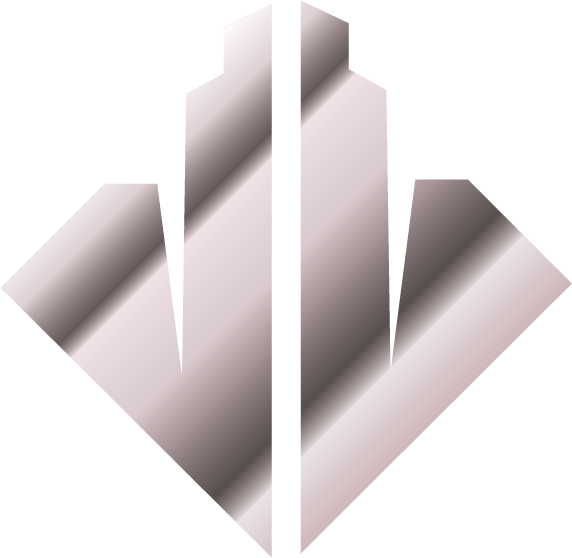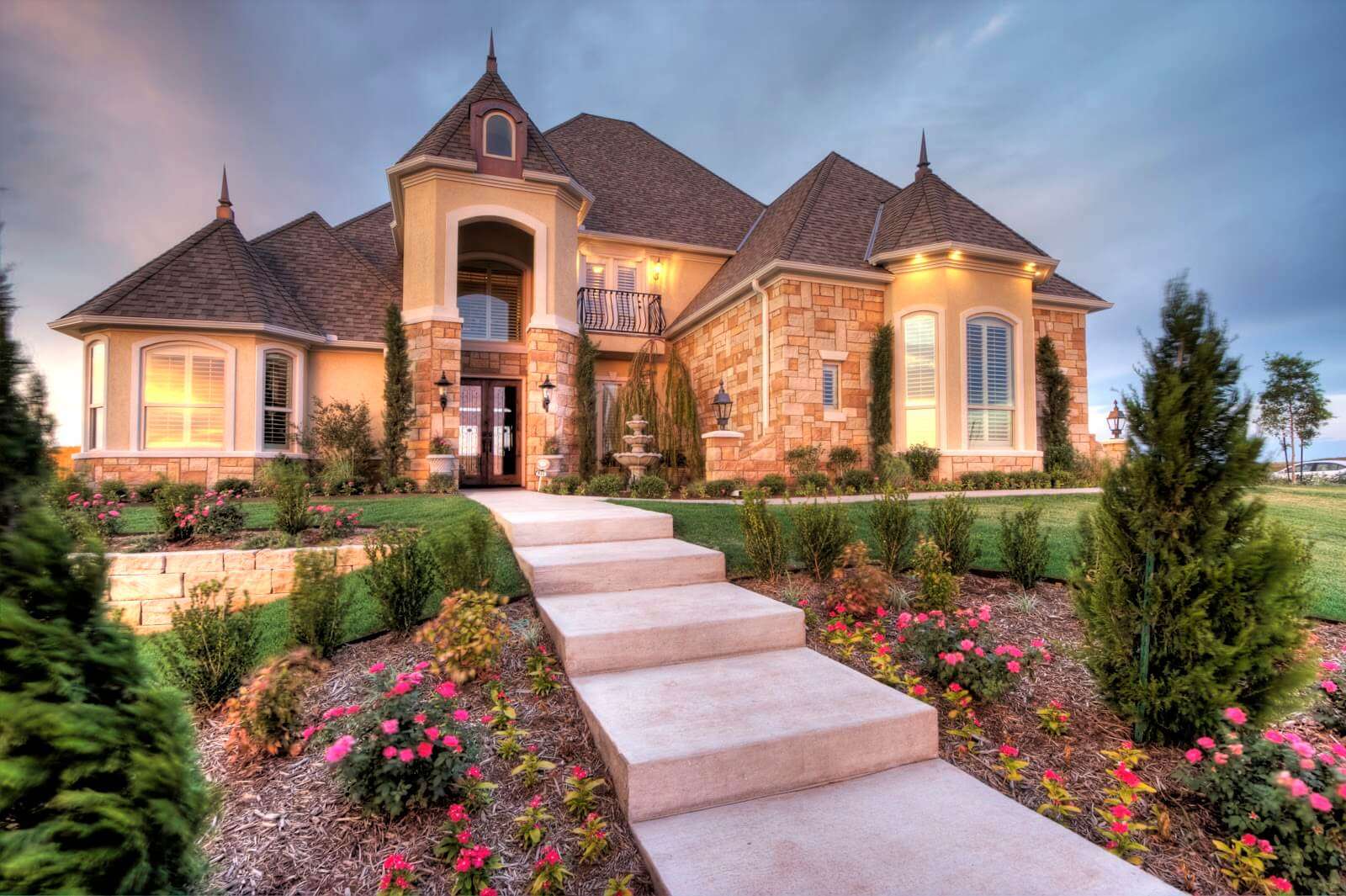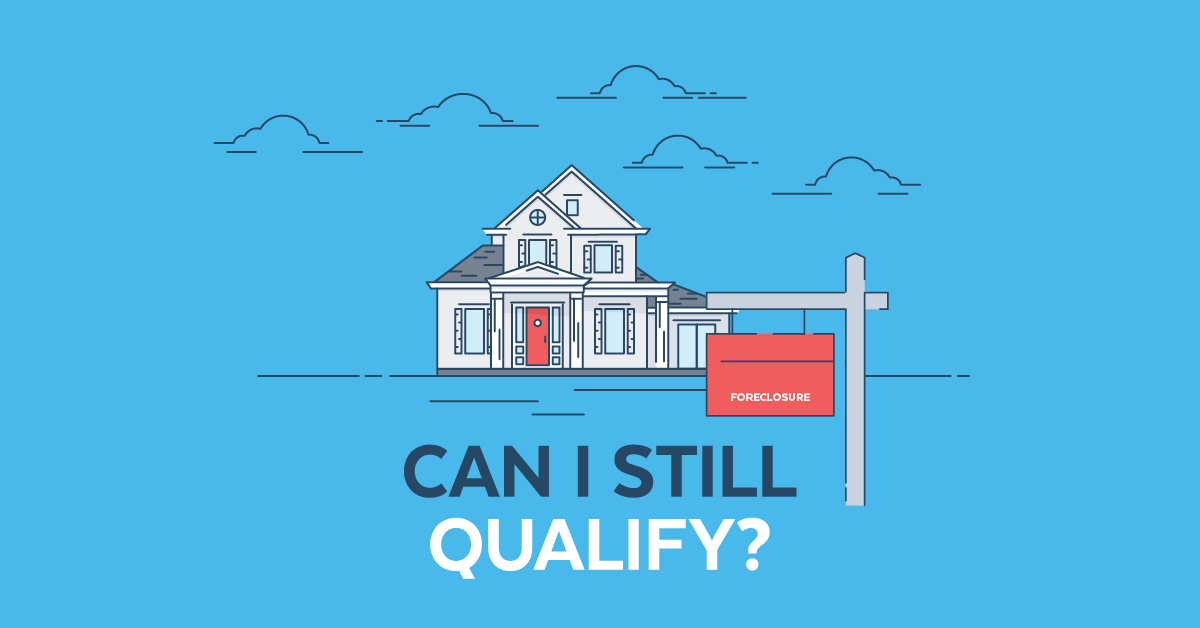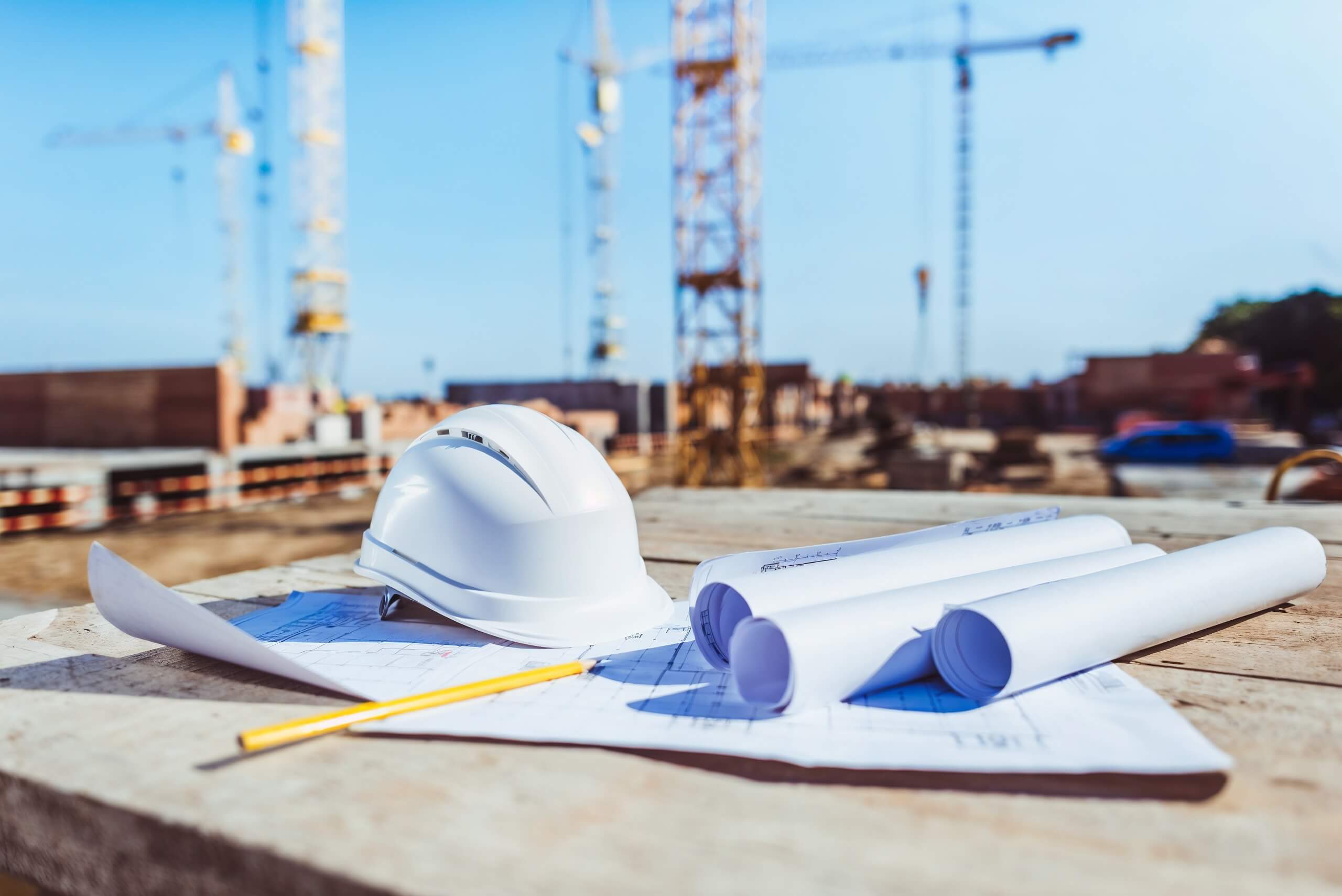The habit of saving is itself an education; it fosters every virtue, teaches self-denial, cultivates the sense of order, trains to forethought, and so broadens the mind.” –
T.T. Munger

The habit of saving is itself an education; it fosters every virtue, teaches self-denial, cultivates the sense of order, trains to forethought, and so broadens the mind.” -
T.T. Munger
Loan Types
Conventional Mortgages are not backed by any government agency and are approved by the guidelines of the so-called government-backed private companies: Federal National Mortgage Association Fannie Mae) and Federal Home Loan Mortgage Corporation (Freddie Mac).
This type of mortgage has several advantages like lower cost of financing, a potentially lower monthly PMI and a possibility to remove a Private Mortgage Insurance upon reaching a required amount of equity without having to refinance your mortgage, possibly higher loan limits than the government backed mortgages and less strict approval guidelines (on certain types of loans that permit reduced income and asset documentation).
The downsides of a Conventional Mortgage are that a higher credit scores might be required for qualifying, as well as stricter approval guidelines might apply (lower so-called debt-to-income ratio).
It is advisable that you prepare in advance by consulting a Mortgage Advisor on the terms of financing that you qualify for based on your credit scores, income and assets.
Please refer to the types of Conventional Mortgages and respective qualification requirements elaborated in the Solutions section.
- No downpayment required in most instances
- Interest rates usually lower than on any other type of loans
- Relatively low closing costs
- No Private Mortgage Insurance (PMI) required
- The VA home loan is a lifetime benefit that a VA eligible Borrower can use multiple times
Fannie Mae, Freddie Mac, and their regulator, the Federal Housing Finance Agency (FHFA), set a maximum loan amount for loans that they would be buying from lenders that generate those loans.
The loan limits are $726,200 on Conforming Loans in the year of 2023, while they can go as high as $1,089,300 in some high-cost counties in continental United States and Puerto Rico, and higher still in Alaska, Hawaii, Guam, and the U.S. Virgin Islands.
Mortgage loans are allowed to exceed the Conforming and the so-called Non-Conforming loan limits. Loans above these limits are called Jumbo mortgages. The cost of obtaining a Jumbo Loan might be higher than the cost of obtaining a mortgage with a Conforming loan amount.
What are USDA loans?
What are the benefits of a USDA loan?
The three major benefits of a USDA loan are:
- Attractive rates – USDA loan rates are comparable to conventional loan rates and may at times be lower than the rates on Conventional loans.
- No down payment required: most USDA borrowers do not need to make a down payment. However, they may be required to make a $1,000 investment at closing. This $1,000 can be used for earnest money or any applicable closing costs.
- No Private Mortgage Insurance (PMI) is required. – With a USDA loan, a Borrower is only required to pay a 1% upfront fee. This fee can be paid in cash or be financed and included into the monthly mortgage payment. Additionally, the monthly mortgage payment will include a small USDA annual fee of 0.35% of the loan amount.
USDA home loan qualifications and requirements
In order to qualify for a USDA loan – a Borrower does not have to be a first-time homebuyer or be employed in the agricultural industry. Only US citizens and permanent residents qualify for a USDA loan.
To be eligible for a USDA loan, you’ll need to meet three basic income criteria.
- Your family income typically must be low or very low, as defined by the USDA. You may still be eligible if you have a moderate family income
- Your family income meets the parameters necessary for your level of debt
- Your source of income is dependable
You are required to maintain an escrow account with your lender. The lender will use this account to pay the taxes and insurance on your loan.
USDA loan property requirement
To be eligible for a USDA loan, your property must meet certain requirements.
- It must be your primary residence
- It has to be located in a rural area, which the USDA defines as having a population under 35,000. Please click on the map attached for eligibility:
- Income-producing (Investment) properties and vacation homes do not qualify for USDA loans
- The property has to be appraised by a USDA-appraiser.
Pros:
- Borrowers can continue to live in their homes and retain title to their homes as long as they continue to pay the property taxes, insurance, and maintenance.
- The proceeds of the loan are usually tax-free and can be used to satisfy various needs for cash.
- No monthly mortgage payments are required to be paid during the course of the loan. Borrowers have to pay property taxes, insurance and maintenance.
- A reverse mortgage is a non-recourse loan. Neither Borrowers nor their families/heirs are liable for any amount of the mortgage that exceeds the value of their home.
- Borrowers can choose the disbursement option – either as full distribution, installments or in form of a Line of Credit.
- Many lenders offer free reverse mortgage loan calculators that can help a Borrower get an estimate of a qualifying loan amount.
Cons:
- Costs of financing and fees associated with the Reverse loan are usually higher than the costs of other financial products. Borrowers are recommende to explore the best options available.
- The loan balance of the Reverse Mortgage increases over time as well as the interest on the loan and the corresponding fees.
A non-qualified mortgage — or non-QM — is a home mortgage that is not required to meet standard documentation requirements as usually requested by Agencies that purchase Conforming Loans.
Qualified vs. Non-Qualified Mortgages
| Qualified mortgage | Non-qualified mortgage |
Advantages
- Non-QM Programs offer flexible loan eligibility requirements, that include credit scores and debt-to-income (DTI) ratios
- The processes of reviewing financial documentation and employment verification is less stringent
Downsides
- The interest rates are usually higher
- Fewer lenders offer non-qualified mortgages, hence the selection of Program providers is less abundant than on Conforming loans
- There is a higher risk that these loans could default due to a less stringent process of income and asset verification
NON-QM MORTGAGES: WHO BENEFITS?
- Borrowers who are unable to provide sufficient documentation regarding their finances and employment history like individuals that are self-employed or work in fields that do not provide financial paper trail for lending institutions to review and to verify.
- Borrowers with a delinquent credit history that contains bankruptcies, foreclosures, short sales, low credit scores due to missed payments,…
- Borrowers with high debt. Lenders typically refuse to give mortgages to anyone with a DTI above 50%. However, some of Non-QM Loans permit for loan approvals without documenting income (No-Ratio Loans) or with presenting bank statements reflecting income deposits instead of presenting tax returns (Bank Statement Loans).
The Construction Mortgage only requires payment of interest during the construction period. When the building phase is over, the Construction Loan amount becomes due and payable. However, customarily Construction Mortgages can either automatically roll over into Standard Mortgages as they could have been created as the so-called One-Time Close Loans. The advantage of a One-Time-Close loan is that Borrower apply for a loan only once, and will have one loan closing only.
f the Construction Loan has not been originated as a One-Time Close Loan, it can be refinanced into a so-called Permanent Loan with fixed interest rate after the property has been completed
When a Borrower does not take out a construction-to-permanent loan, they might be using a stand-alone Construction Loan. a Stand-Alone Construction Loan typically has a one-year maximum term during the construction period and might be obtained with a smaller down payment.
The interest rate on a stand-alone Construction Mortgage can not be locked and it is important to know that the interest rates might also be higher than the rates on a construction-to-permanent loan.
Since building a new home is riskier than buying an existing residence, construction mortgages can be more challenging to get approved for. Naturally, these types of Mortgages carry higher rates than regular home mortgages. Nevertheless, several lending partners of ours specialize in Construction Loans and we are offering guidance to our Borrowers and helping throughout the process of their loan approvals.
Understanding a Commercial Loan
Commercial loans can ultimately be used for any purposes required for the business – acquiring assets and capital for business expansion, meeting daily operational costs like paying payroll, etc. In the loan application process, the business is required to specify what the commercial loan will be used for.
Advantages of a Commercial Loan are clearly Access to capital and relatively simple Application Process. The disadvantages would be strict use of funds as declared on the loan application and interest rates that are usually higher than the rates on Residential Loans.
Process for Obtaining a Commercial Loan
The process to secure a commercial loan may be differ depending on the lending institution that is extending this type of loan. The general process for securing such a loan is as follows:
1. Pre-approval/Qualifying Process
The first step to take during a pre-approval process is for the lending institution to evaluate the financial history and income of the business that is applying for a Commercial Loan. In addition, the lender will look into the existing debt of the business as well as the purpose of the loan.
Through a pre-qualifying process, the lending institution will obtain an initial insight into how much the business applying for a loan would be able to borrow as well as the risk level that the Borrower presents to the lender.
2. Formal Loan Application
After the pre-qualifying process, the business applying for a Commercial Loan will complete and submit a full loan application for the loan approval.
In the formal application package, financial statements (income and asset) documents dating back at least three years are generally required. Reviewing of these documents will help the lender ensure that the business can repay the loan.
3. Review of the loan application package
Once the formal loan application with income and asset documents is submitted, a Commercial Loan Officer will review these due diligence documents. They will investigate things such as credit history, the present and projected income of the business, any business collateral, etc.
4. Commercial Loan Underwriter and Loan Committee
Once the loan request has been reviewed by the designated Commercial Loan Officer and considered to be complete – the Loan Package is submitted to a Credit Adjudicator or Loan Committee. The Loan Adjudicator reviews all relevant information and decides whether they can approve the loan.
This process can take from a couple of days to a week and the business applying for the loan may be required to provide additional documentation during this review.
5. Term sheet
If the loan is approved, the lending institution will present the Applicant with a so-called Term Sheet. A Term Sheet is a formal document that outlines the parties involved, amount of financing approved, any fees applicable, use of the loan, and the interest rate proposed on the loan.
After the Applicant has reviewed the Term Sheet and signed a Letter of Intent, the next steps like paying for the required third-party reports’ fees – can take place.
6. Loan package and closing documents
Upon completing third-party reports (appraisal, title, insurance,…), the complete loan application package is resubmitted to the Loan Underwriter for final approval.
If fully approved and cleared for closing – the applying business would proceed to signing the final loan documents.










